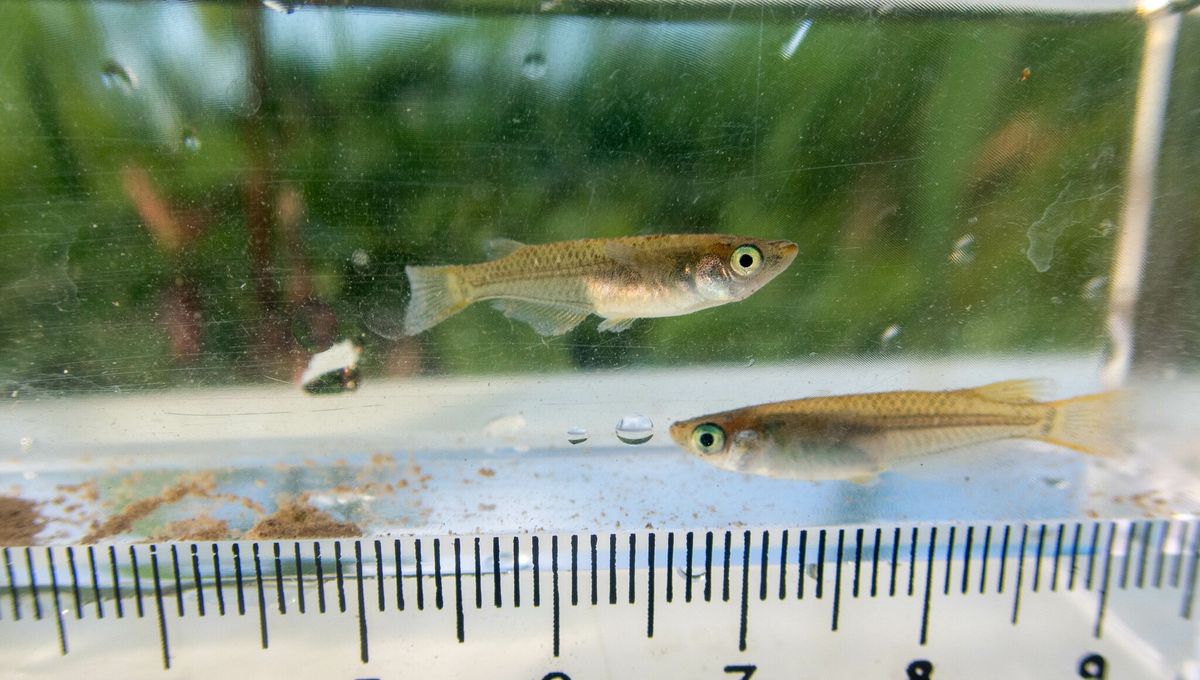
The animal kingdom can get pretty weird when it comes to sex and relationships. Different creatures have evolved all sorts of methods to pass on their genes to the next generation and beat out competitors in the process. For the Japanese rice fish, researchers have discovered that it’s all about how many times a day the males are getting freaky, which could be as many as 27.
Japanese rice fish – also known as medaka (Oryzias latipes) – are a small, unassuming species that live wild in the marshlands and rice fields of Japan. They are externally fertilizing fish, which means they release sperm or eggs into the water column, where they fertilize.
“Medaka are among the fish that spawn, where fertilization occurs after the eggs and sperm are released in water. As these gametes are difficult to collect, the number of sperm released and the fertilization rate during successive matings had remained a mystery,” study co-author Dr Yuki Kondo explained in a statement. “Our research group previously developed an accurate method for measuring the sperm count of medaka, which is why we were able to successfully conduct this experiment.”
In the wild, in the breeding season from April to September, females are known to spawn once per day and males are known to ejaculate multiple times in one day. In the study, one male fish was placed with one female until mating occurred (or until 20 minutes went by), and then the male was transferred to another tank with a new female. This process continued until the males failed to mate with three different females in a row.
There was a high amount of variability in the number of times the males were able to mate, which ranged from 4 times in one day to 27 times. On average, the males were able to mate 19 times per day.
The team was most interested in the amount and quality of the sperm after each of these matings. During the first three matings, the fish released more than 50 percent of their daily sperm and the fertilization rate for the eggs was nearly 100 percent. However, as the matings went on, the fertilization decreased significantly after the 10th mating. In some very late matings, there was no fertilization at all. This suggests that females could be wasting their eggs when they breed with males that have already participated in many other matings in a short time period.
“This is the first study to quantitatively show the clear daily mating capacity of male medaka, as well as the volume of sperm released during each mating, fertilization rate, and the behavior of males and females during this process,” co-author Professor Satoshi Awata said. “Our research provides important insights into the relationship between the cost of gamete production and sexual selection.”
The paper is published in the journal Royal Society Open Science.
Source Link: Japanese Rice Fish Males Mate Up To 27 Times A Day – But Females Only Once